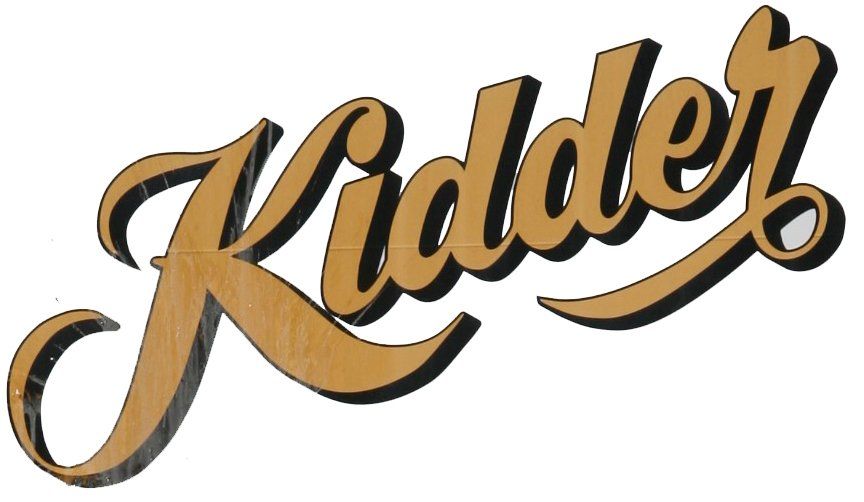GLOSSARY OF TERMS
What does it all mean? You may not need to know but you may want to know. We're here to explain. Contact us with any questions about equipment, processes, services, removal and repair.
Adapters or Reducer Couplings
Reduces large drill motor thread to smaller thread for use with smaller bits (i.e. bots smaller than 1.25 inches).
Aggregate
Inert solid bodies such as crushed rock, sand, gravel, crushed hydraulic cement concrete.
Auger
1. A short, spiral-shaped tool run on a torque bar to drill soils and soft rocks, serving also as a platform to retain the cuttings for removal by raising the auger to the surface.
2. A drill rod with continuous helical fluting, which acts as a screw conveyor to remove cuttings produced by an auger drill head.
Bevel Cutting
Cutting at an angle other than a right angle between two lines or surfaces.
Bit
Any device that may be attached to, or is an integral part of, a drill string and is used as a cutting tool to bore into and penetrate rock or other materials, by utilizing power applied percussively or by rotation.
Bit Adaptor
The threaded driving head of the bit.
Bit Extensions
Used for drilling deeper holes. Extensions are threaded together and attached between the bit and the motor output shaft.
Borehole
A circular hole made with a rotary or diamond drill with an auger or other rotated cutting tools or bits for exploring rock or soil in search of minerals or water, or for blasting foundation and soil testing, drainage, and other purposes. Also called a drill hole.
Boring
To pierce or gouge out with an auger or drill.
Casing
Special steel tubing welded or screwed together and lowered into a drilled hole to prevent entry of loose rock, gas, or liquid into the hole or to prevent loss of circulation liquid into porous, cavernous, or crevassed ground.
Caster
A small wheel attached to the leg of a piece of furniture.
Cathead Hoist
A small, deep-flanged, spool-like winch or capsan mounted on the countershaft of the hoisting drum near the front and generally to one side of the swivel head of a diamond drill. It is used to wind a line when breaking or making up rod, casing, or pipe joints, and to operate a drive hammer.
Control Joints
Grooves that are tooled or cut into the surface of wet concrete to make it crack in straight lines at planned locations, rather than cracking rather than cracking randomly.
Crown (or Kerf)
The cutting edge.
Curing
The process of aging a new concrete slab with proper moisture to reduce cracking and shrinkage and to develop strength.
Diamond Concentration
The amount of diamond within a given volume of the martix.
Diamond Size
Expressed in diamond mesh sizes.
Expansion Joint
A bitumious fiber strip used to separate blocks or units of concrete to prevent cracking due to expansion caused by temperature changes.
Flange
A rib or rim on an object for strength, for guiding, or for attachment to another object.
Flush
Adjacent surfaces even, or in same plane (flat against).
Furring
In building, thin boards providing a basis for laths, plaster, etc.
Grade or Gradation
The rate of decent or ascent (slope) and the act of becoming a different grade.
Length
Specified by core length if certain depth drilling is desired. Standard core length is 13 inches. For overall length of core bit, add 2.5 inches to desired core length.
Lineal
In direct line of decent.
Martix
A term used to describe the metal bond in diamond blades and bits.
Open End or Open Back Barrel
For use with expansion adapters.
Over Cuts
Where two lines intersect bordering the perimeter of an opening that is being saw cut. These overcuts are caused by the radius of the saw blade. In order for a blade to cut all the way through a wall or slab at the corners, there must be an overcut.
Parapet Wall
A portion of any exterior wall that extends above the roofline.
Piles
Long posts driven into the soil in swampy locations or wherever it is difficult to secure a firm foundation.
Rebar
A steel rod with ridges for use in reinforced concrete.
Rig
1. A drill machine complete with auxiliary and accessory equipment needed to drill bore holes. Also called a drill rig.
2. To assemble and set up a tripod, derrick, and/or drill machine for use. Also called a rig up or set up.
Shim (shimming)
A wedge or strip of metal used to fill in or bring one part level with another.
Slab
A concrete floor placed directly on the earth or on a gravel base, usually about 4 inches thick.
Slurry
1. A watery mixture of water and finely divided insoluble material, such as portland cement, slag or clay in suspension.
2. Cement grout.
Slurry Wall
Non-structural barriers that are constructed underground to impede groundwater flow.
Span
Horizontal dimension between vertical supports. The span of a beam is the distance between the posts that support it.
Stitch Drilling
(or Line Drilling)
Stitch drilling is usually utilized when over cuts are not permitted or when a small opening is needed in a relatively thick slab or wall. A series of round holes are core drilled and the excess is then chipped away.
3 pc Expansion Adaptor
Used with open-end bits.
Torque
The force that tends to produce a twist in a rotating member, such as a driving shaft or string of drill rods.
Tube or Core Barrel
The main body of the bit. Should always be tested for being in round.
Waterways
Slots across the face of the bit allowing water to remove cuttings.
